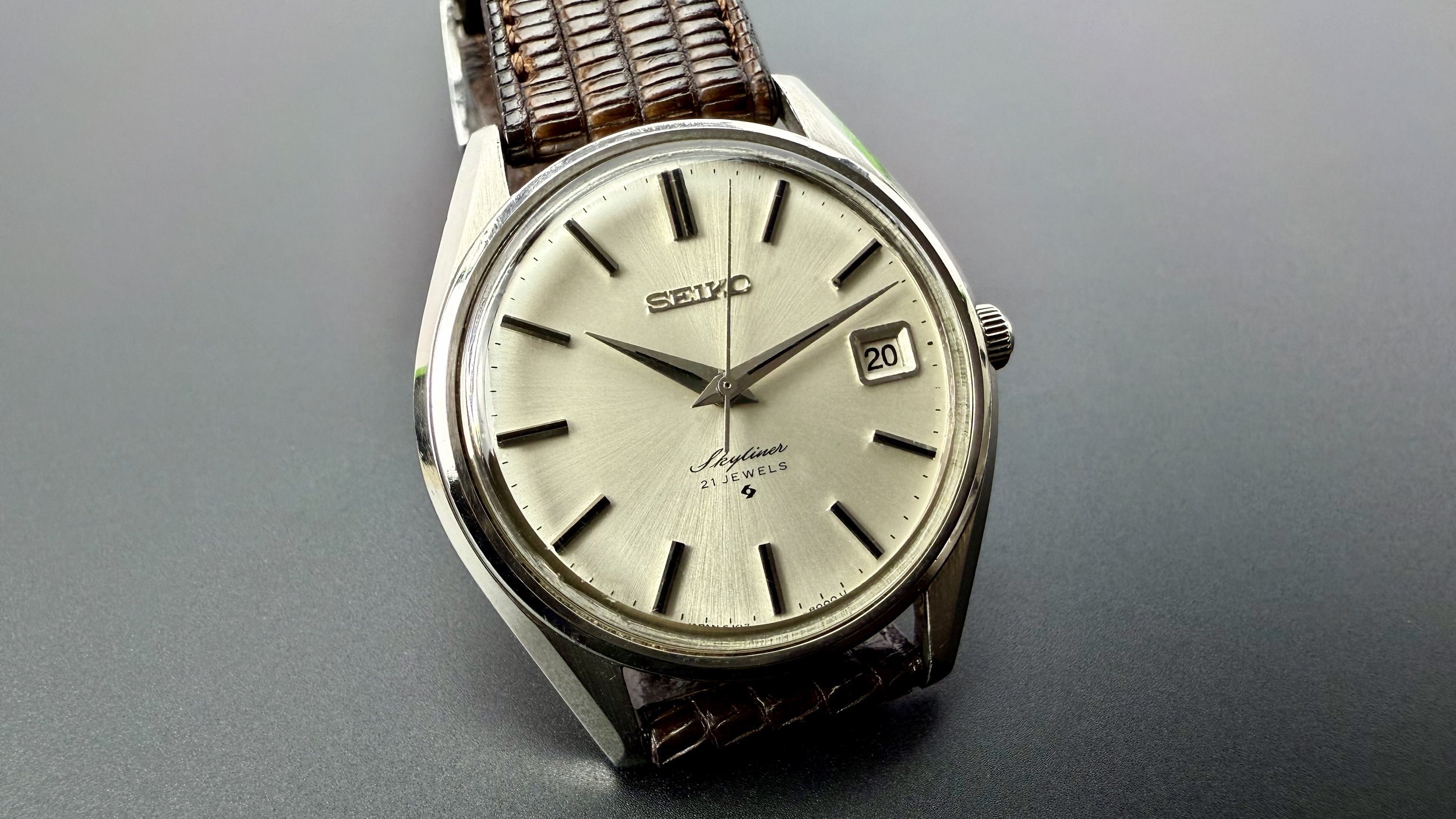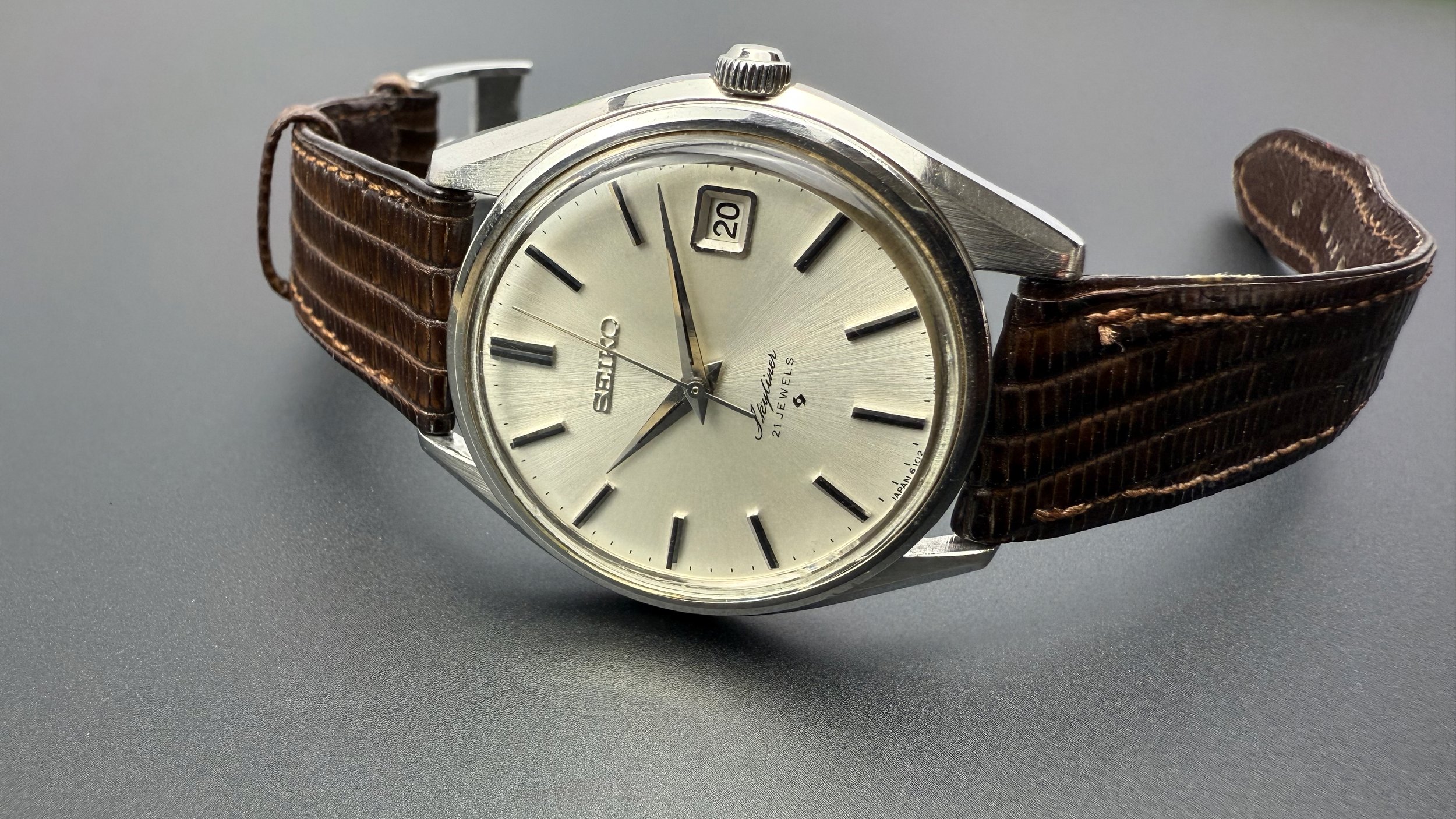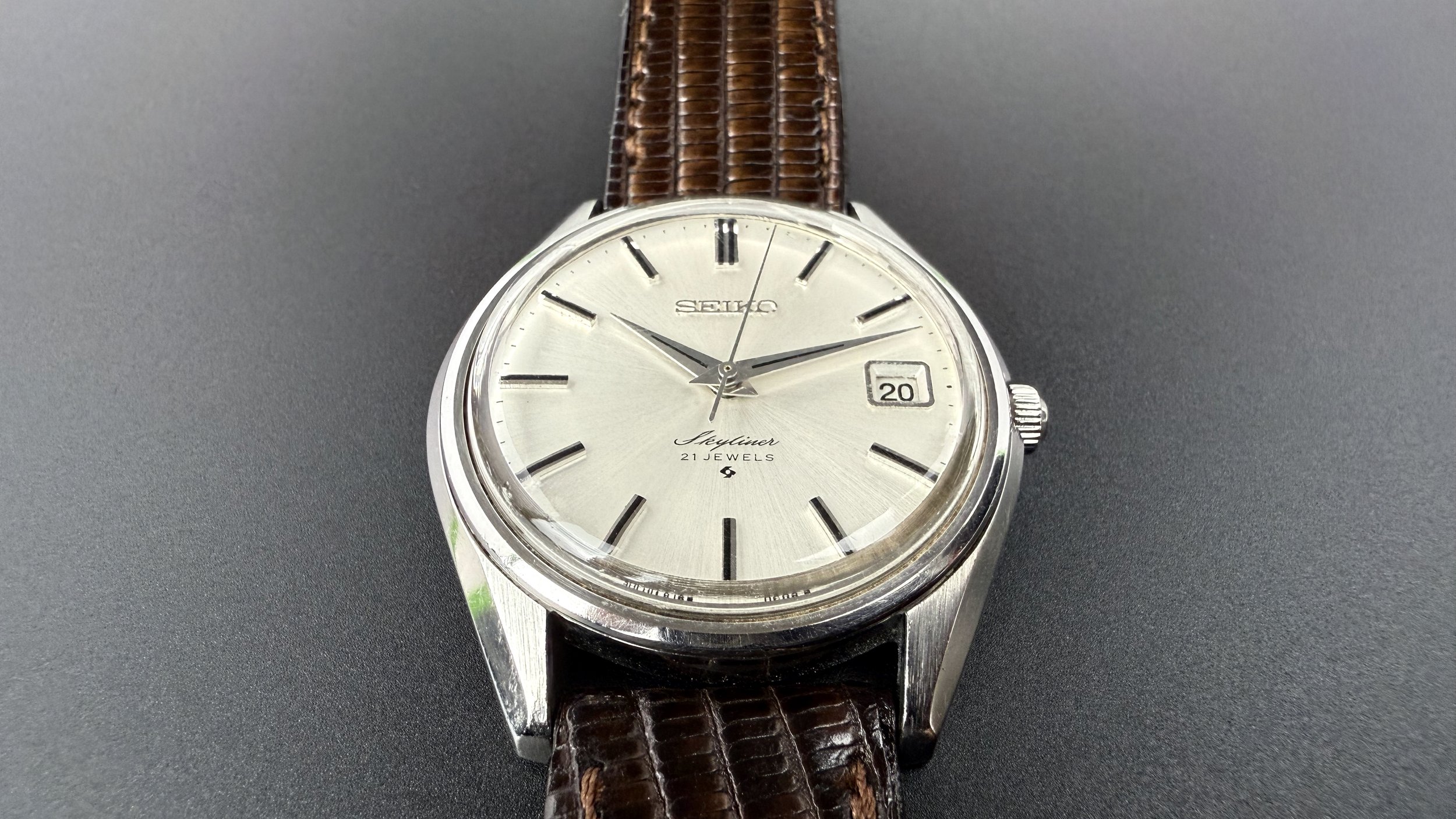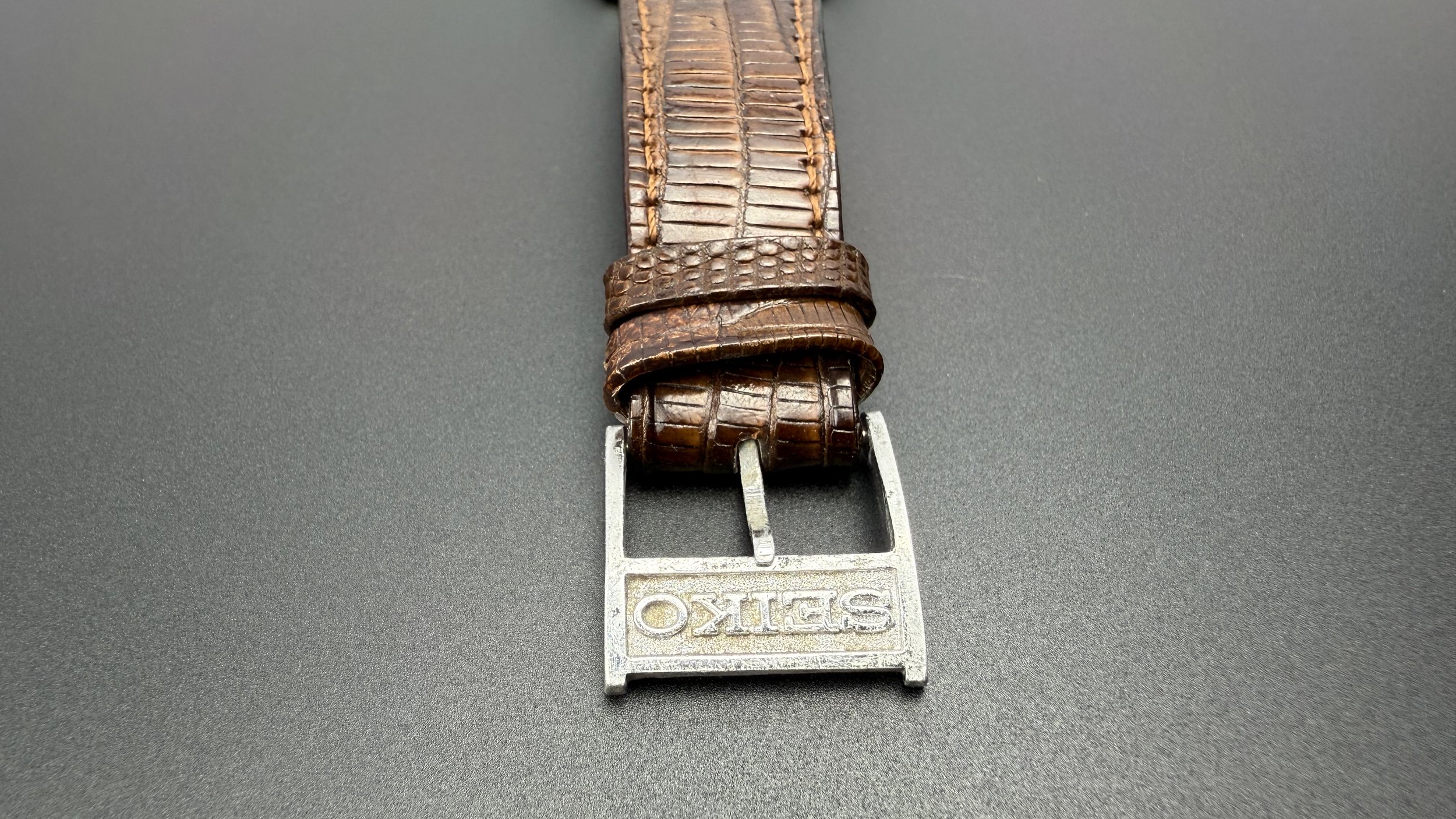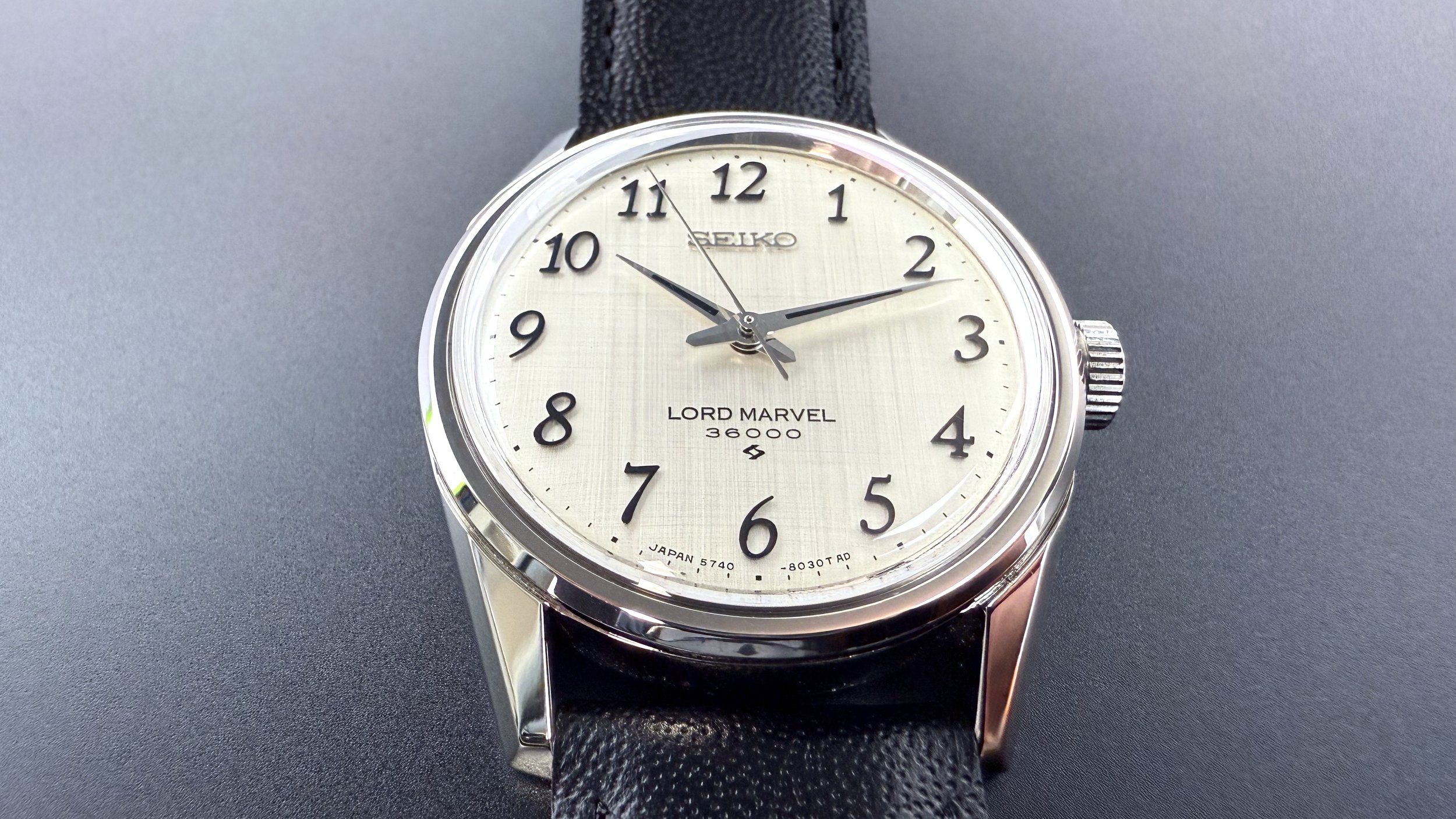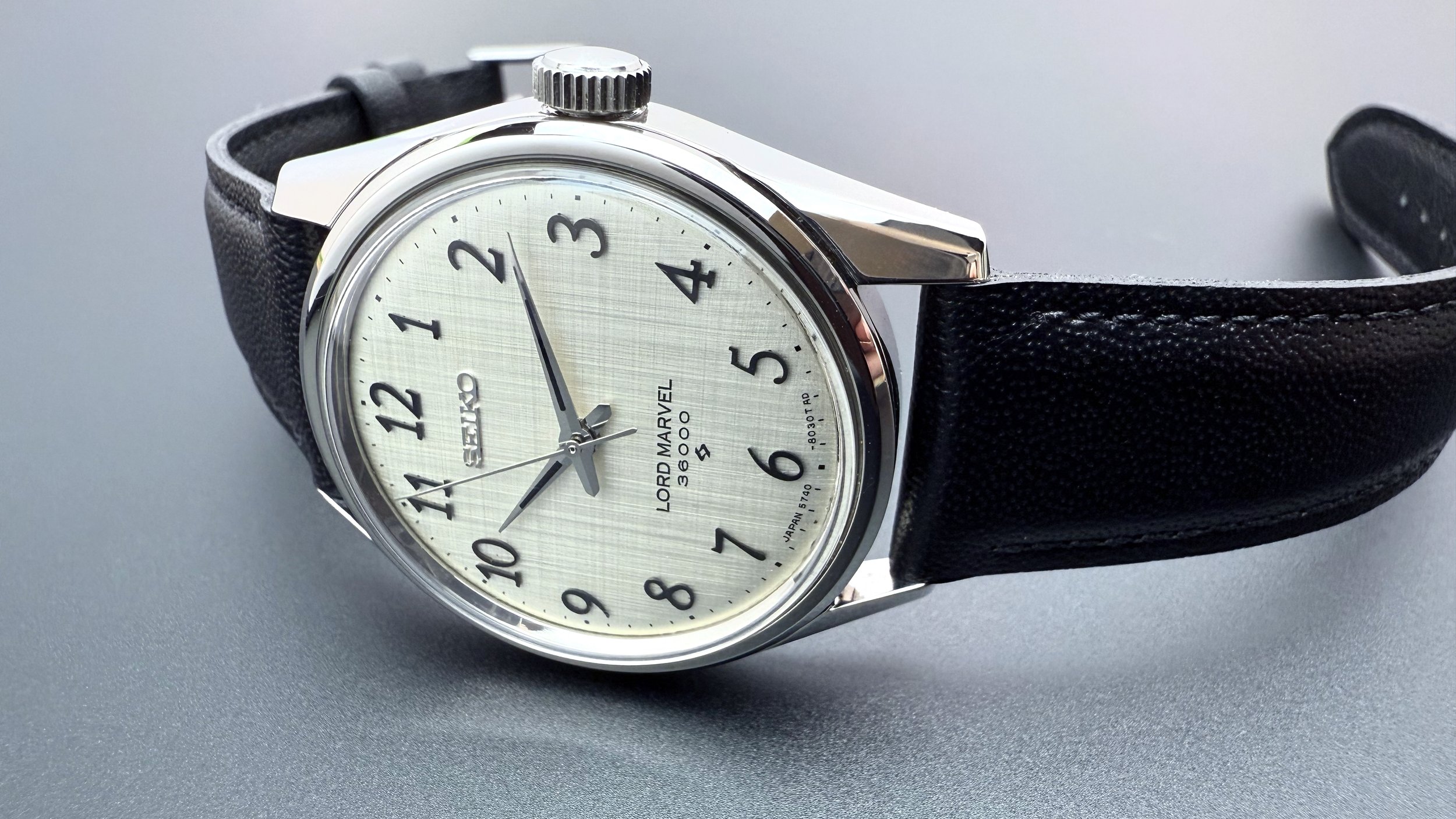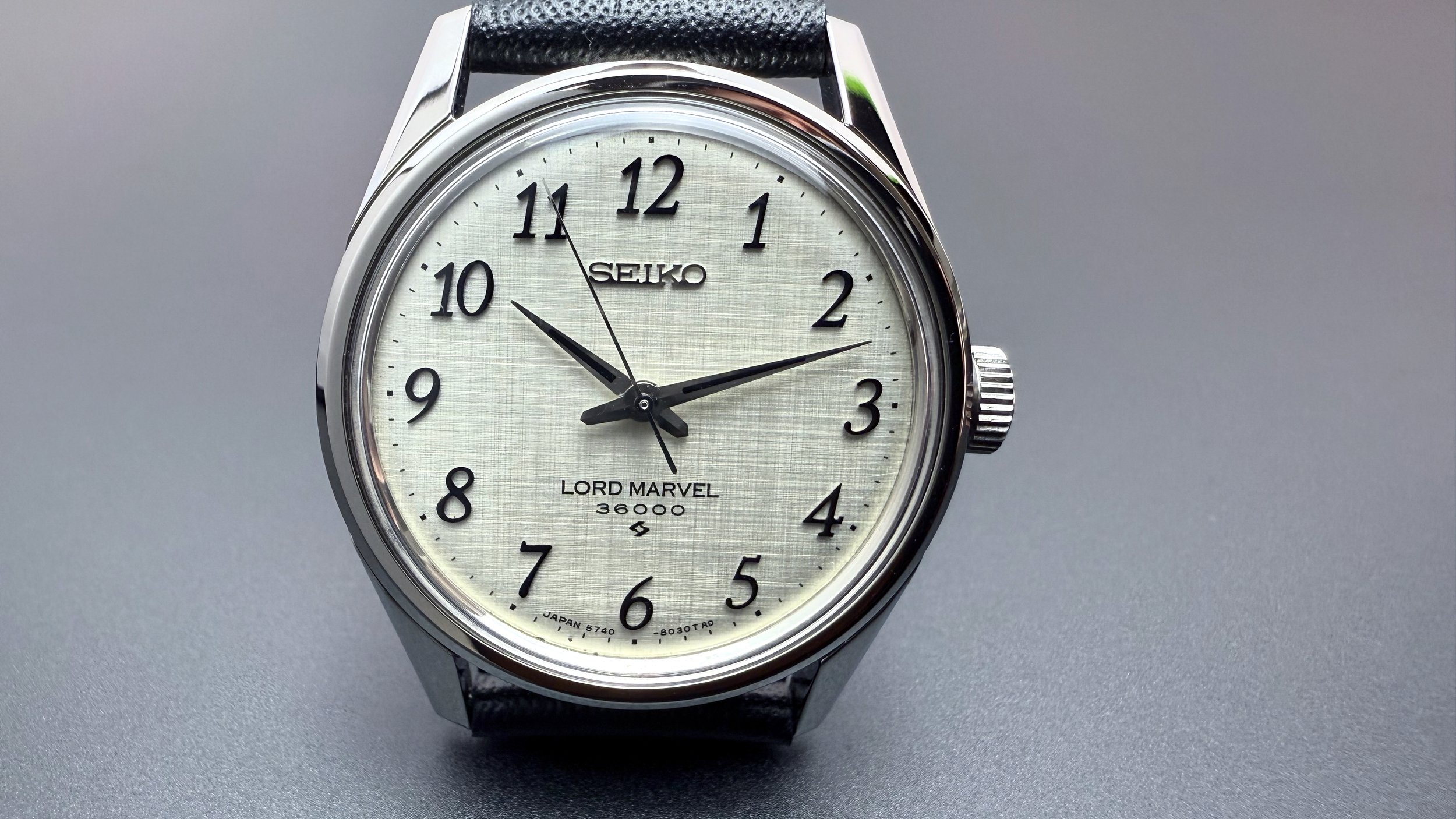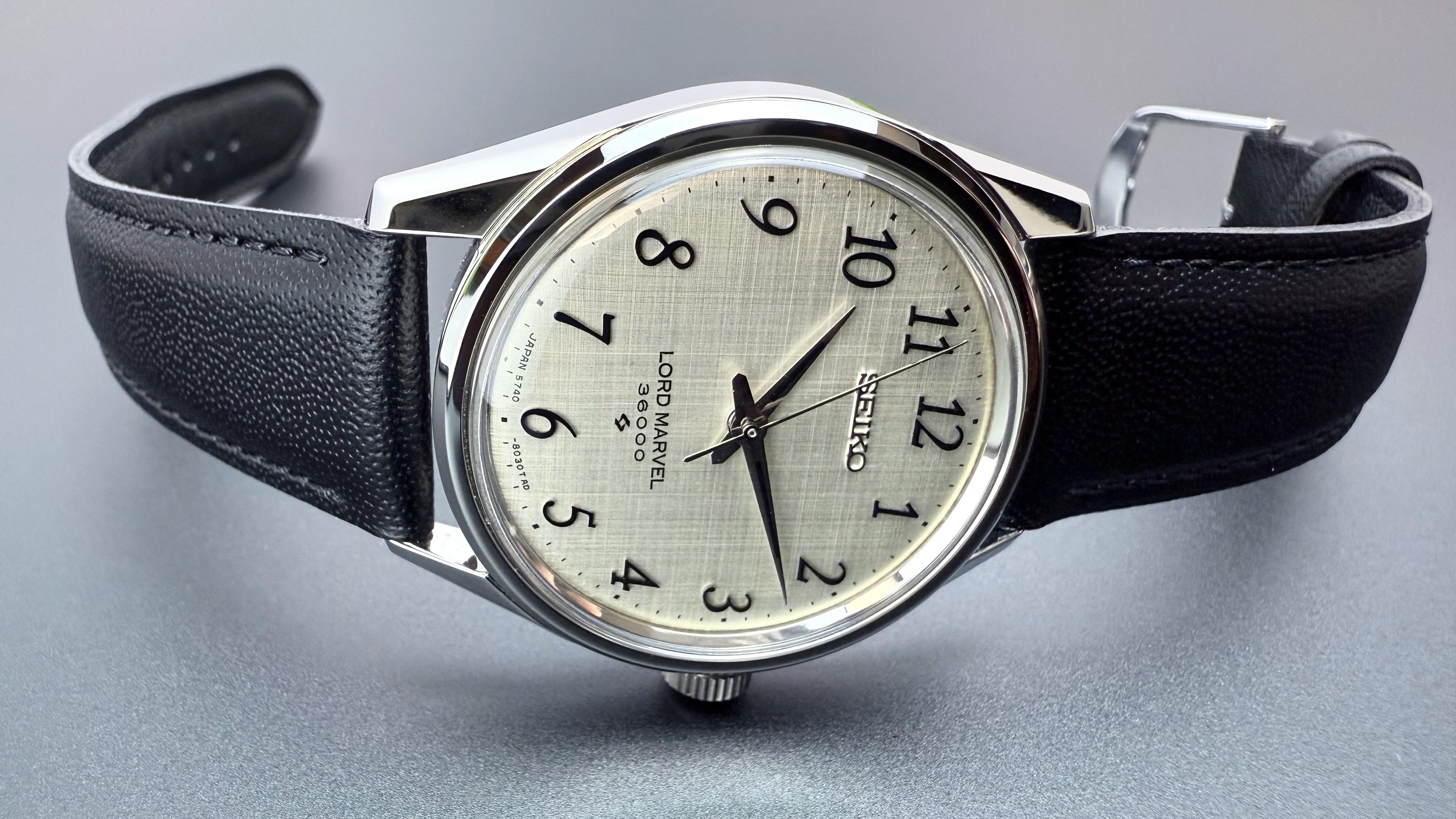Show video Tilt for large pics below text
The Skyliner Series and Early 62XX Movements
Seiko’s innovative journey in movement development gained momentum with Suwa’s introduction of the 402/6220 Skyliner in 1961, followed by the 956/6222 Skyliner Calendar, a non-quickset date model, in the same year. These movements laid the foundation for the 62XX series, which evolved in the late 1960s with the 61A and 6102 Skyliner movements, used in the edgier Skyline models.
The 6201 Seikomatic (1960) and 6220 Skyliner (1961) were the genesis of the 62XX series. By 1962, Seiko began accelerating its production of diverse movements. The 6201 series underwent significant evolution:
1960: Introduction of the 6201 Seikomatic (formerly the 603).
1961: Debut of the 6220 Skyliner (formerly the 402).
1962: Release of the 6205 Selfdater (formerly the 394).
1963: Launch of the 6206 Weekdater (formerly the 400) and the 6240 Liner (formerly the 460).
1964–1967: Further refinement with models like the 6218 Seikomatic, 6217 Silverwave, 6245/6246 Grand Seiko, and the 6215 300m Diver.
Debate persists about the 35-jewel 6218 and 39-jewel 6216, with some suggesting they were precursors to the 6245/6246 Grand Seikomovements. The 6218, with its tadpole fine adjuster, appears to be an improvement on the 6206, derived from the 400.
Key Features of the 62XX Series
While groundbreaking, the 62XX movements had limitations:
Most were hacking but not handwind-capable.
Day complications lacked quickset functionality, even in the 6222 Skyliner Calendar.
Notable high-end movements, such as the 6216, 6245, and 6246, featured rack-and-pinion fine adjusters.
In parallel, Suwa developed the 66XX Sportsmatic series, which introduced the Seiko-5 line. These movements, slightly thicker than their 62XX counterparts, shared many traits but lacked hacking and quickset features.
The Introduction of the 83XX Series
By 1963, Suwa expanded its portfolio with the 83XX Seikomatic-R series, focused on slimmer movements:
8305 Slimdate (30 jewels).
8325 Calendar (39 jewels).
These movements likely reworked elements of the 62XX series and often bore Sealion logos on the case backs.
Daini’s Contributions
Daini complemented Suwa’s innovations with its own notable series:
76XX Series (1963): Mid-grade movements like the Champion and Fairway, precursors to DX models.
51XX Series (1967): High-end options, including the 5106 Weekdater and 5146 Presmatic.
52XX Series (1969): Introduced high-beat, quickset movements for King Seiko and Grand Seiko models.
The 45XX series, introduced in the late 1960s, showcased hand-wound Grand Seiko and King Seiko movements. Notably, the 4520A and 4582A VFA models excelled in Swiss chronometer competitions.
Grand Seiko and Standardization
The 61XX series emerged in 1967, replacing the Seikomatic and Sportsmatic lines with thinner, versatile movements:
• “Standard” (2A): 6145/6146.
• “Special” (3A): 6155/6156.
• “VFA” (4A): 6185/6186.
At this time, Seiko standardized its movement numbering system:
1st digit: Indicates plant or series (e.g., Suwa used “6,” Daini used “7”).
3rd digit: Represents movement grade.
4th digit: Specifies date complications (e.g., 1 = no date, 5 = date only, 6 = day/date).
The Quartz Era and Mechanical Decline
By the 1970s, Seiko began pivoting toward quartz technology, introducing groundbreaking innovations like:
Mechanical movements such as the 6306, 6309, and 70XX series represented the last wave of mainstream production before a temporary decline in mechanical watchmaking.
Legacy of Seiko’s Innovations
Seiko’s movement evolution from the 1960s established it as a leader in horological innovation. The 62XX series and its contemporaries, alongside the adoption of a logical numbering system, reflect a period of remarkable engineering excellence that continues to resonate with collectors and enthusiasts today.




